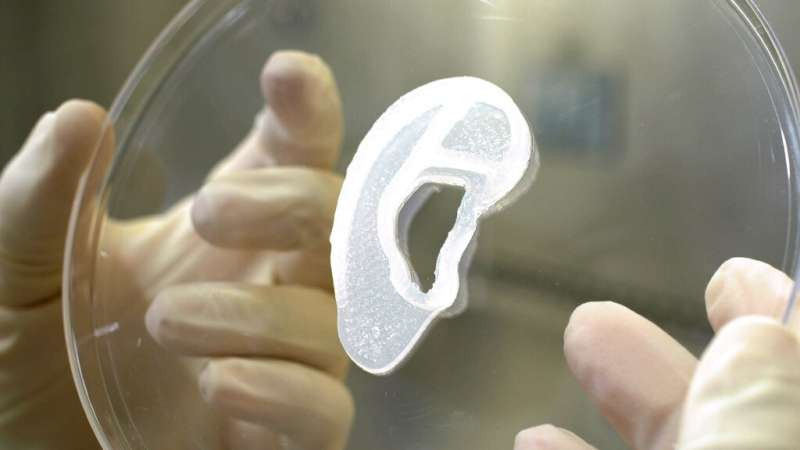Doctors have successfully replaced the undeveloped ear of a 20-year-old woman with a new ear made by 3D-bio-printing technology from her cell. On Thursday, the world media conveyed the message of successful transplantation by American doctors in this regard. It has been said that 2022 will be an important year for organ transplant technology.
According to the Medical Express, Alexa, a 20-year-old Mexican girl named Alexa, underwent surgery on her new ear in March. The surgery was performed in the United States. A company called 3Dbio Therapeutics is behind this whole process of forming and replacing the whole ear in 3D-printing technology from living cells. The replacement was led by Arturo Bonila, Founding Director and Surgeon at the Microtia-Congenital Ear Deformity Institute, San Francisco-based Texas. At the end of the replacement, he said, “If all goes according to plan, this technology will revolutionize.”
According to the New York Times, this is the first time that 3D-printing technology has been successful in organ transplantation. This success of physicians in the United States is being seen as a ‘major breakthrough’ in the field of ’tissue engineering’ or cell engineering.

Adam Feinberg, a professor of biomedicine engineering at Carnegie Mellon University, said: So the path to a possible future is still a long way off. ”
According to the report, the doctors collected the cartilage cells by biopsy of the ear which remained incompletely developed. Those cells are then allowed to grow in a controlled environment. Using 3D printing technology, the cells are then shaped into the patient’s ear. Physicians say that in a transplanted ear, cell death and growth will continue to occur, just like in a normal ear.
It may be noted that the development of one or both ears remains incomplete during the birth of a child with microcephaly, in some cases the entire outer part of the ear is not present. 3Dibiotherapeutics is conducting research on the effectiveness of 3D-printing technology in the treatment of this disease. 11 microcia patients are taking part in the study. And the company has named the ear made using the patient’s own cells ‘Orinovo ear’.



















